The first week of June I made a 3 night, 700 mile trip from my home outside Indianapolis, IN to Wichita, KS. I had images in a curated exhibition at the Midwest Center for Photography and I wanted to take in the First Friday opening. The MWCP runs several open calls throughout the course of the year and I wanted to familiarize myself with the place where current and hopefully, future images would be on display.
Technically, Indiana and Kansas are both in the “Midwest”, but in reality, they are quite different. Midwest America encompasses 12 states in the center of the US. The region can be geologically broken up into The Great Lakes, Mississippi/Missouri River valley prairieland and then finally the Northern and Central Great Plains.
Indiana is part of the Great Lakes region, Kansas part of the Great Plains. Much of Indiana is quite flat, but it has not always been cleared. 200 years ago it was forested from one end of the state to the other. For most of Kansas, trees fear leaving the confines of the river bottoms. This is open grassland for as far as the eyes can see. Look to the North-Northwest and 1000 miles to the north you can see Canada. Once upon a time 60 million plains bison roamed the region from the northern reaches of Texas all the way up to the Canadian plains of Saskatchewan and Alberta.
I first crossed the plains by rental car on my return from being stranded in Victoria, BC during the aftermath of September 11. I fell in love with it on my second crossing, a mid October trip to Yellowstone. Aside from some of the desert regions of the world, nowhere else makes one feel so insignificant and more importantly, isolated from everything else on the planet. Even on a calm day the wind blows a little harder here. It haunts the soul in a way other places don’t.
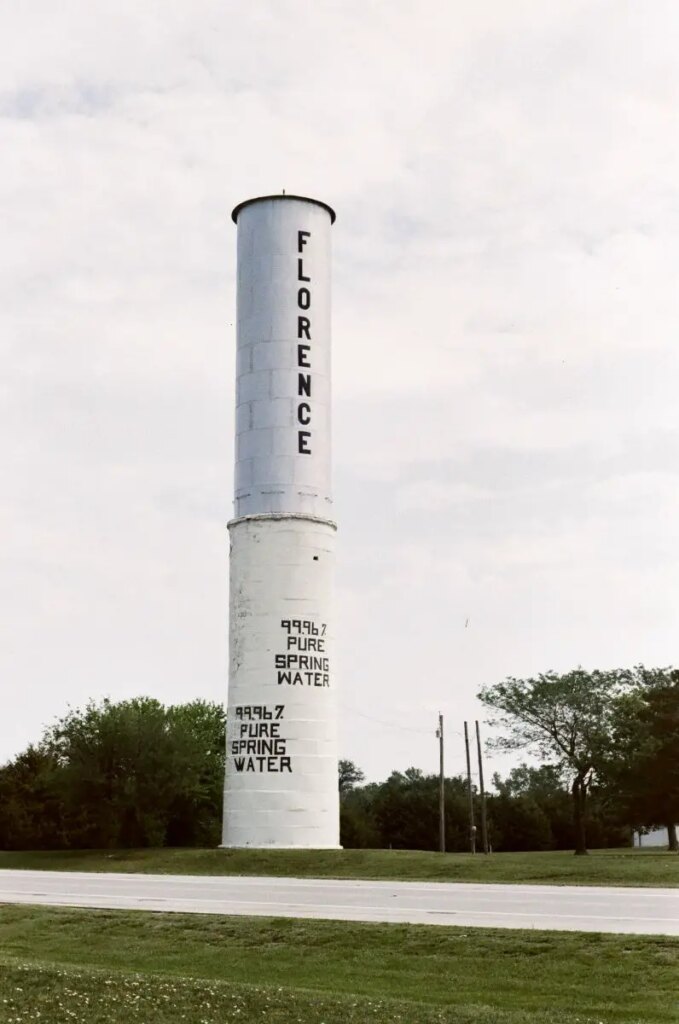
I was in Wichita for two full days. One would be spent familiarizing myself with the town, including a trip to its Art Museum and then an evening visit to the exhibition that included three of my images. The other, was open for an adventure.
At twilight on my drive down, I passed through a really interesting place. Much of the land in Kansas, while plains, has been put to till and grows some combination of corn, wheat and cotton. But in between Emporia and El Dorado, there is a land of vast rolling hills, occupied not by farms but large cattle ranches. In the gloaming light, the green hills of spring reminded me of the western Dakotas 500 miles to the north during a similar season. Both are enchanting.
The area is called the Flint Hills. This was where I wanted to spend the extra day.
I was at a bit of a gear deficit. I had with me my OM-2n but only 50 and 28mm lenses. My mind was envisioning long compressed telephoto shots where undulations of grassland wove a tapestry in front of the subject I was capturing from distance. I needed a lens.
Wichita appears to have only one dedicated camera store (if you are in Europe, and your eyes are bugging out of your head … this is not uncommon in the states, even in cities larger than Wichita). On my museum and exhibition day, in between the two, I found the shop and went inside. It was completely devoid of any gear manufactured within the past 20 years. My guess is that the owner frequents estate sales and buys up little collections of gear, repairs up what he can, and then fills his display cases with it.
Pickings were thin on OM mount lenses. I had two options to choose from, both 75 – to 150mm zooms. I had no idea which to go for, the f4 looked like something I would have lusted over when I was 19, so I went with that. It was also smaller for what could wind up involving long hikes on a hot day. They had no idea what to charge me for it, I had no idea what it was worth, so we settled on $60.
I had come a little better prepared with film. I have some “go to” emulsions for B&W, but am still familiarizing myself with color options. I had rolls of Ektar and Metropolis with me. I hadn’t scouted any of these areas. I had no idea what the condition of the lens I had just purchased was. Since this whole thing was an experiment, I went all in. I chose to use the Metropolis, in very a rural setting. I wanted to see what this “effect” film would do with an expansive rural landscape.
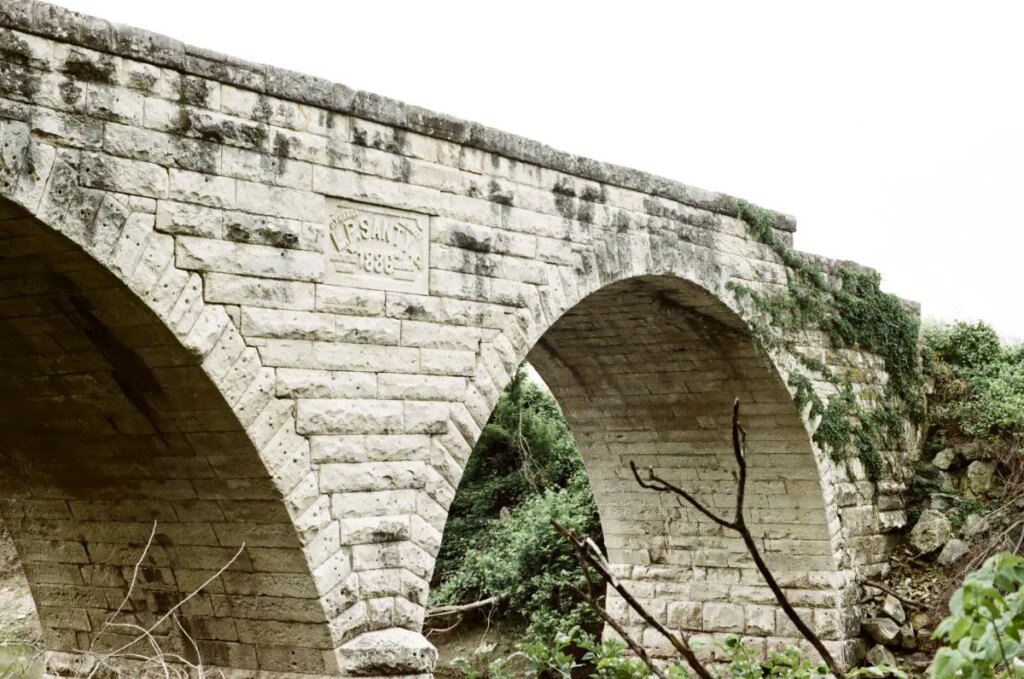
I drove north out of Wichita on I – 135 to US 50 and took that to Florence. Past Florence I stopped at the retired and deserted Clements Stone bridge on my way to the Tallgrass Prairie National Preserve. The preserve is a smaller national park that was created with a unique public/private management arrangement for the historic and retired Spring Hill Ranch. In all it encompasses nearly 11,000 acres. It has a prairie bison herd of 75 to 100 animals, seeded from the herd at Wind Cave National Park in South Dakota.
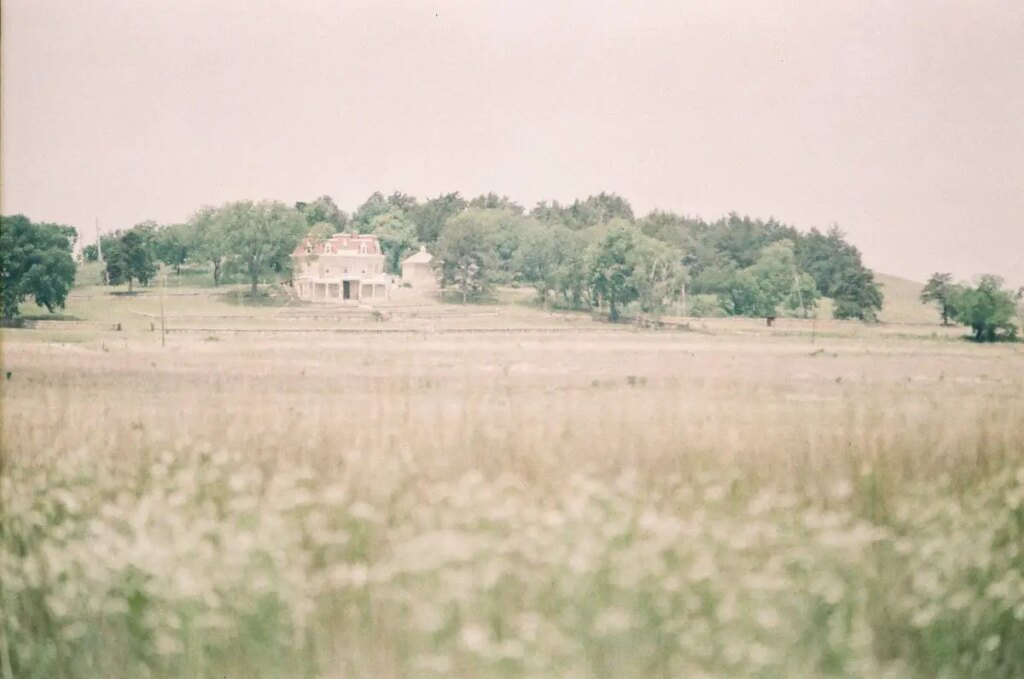
At the prairielands I planned several shorter hikes originating from the visitor center to limit how much water I needed to port with me on a day that was in the 90’s. I started by heading south along the Fox Creek river bottom towards Strong City. Afternoon thunderstorms cut the day short. I was not able to hike north of the ranch house and visitor center to see the Bison herd.
The Flint Hills Rodeo was going on at the same time in Strong City, so I ventured north and away from the crowds and thunderstorm activity on my way to Council Grove, were I picked up the path of the Santa Fe trail, one of the great settler’s roads of the old west, before heading back south to Wichita via US – 77 and I – 35.
I plan to come back.
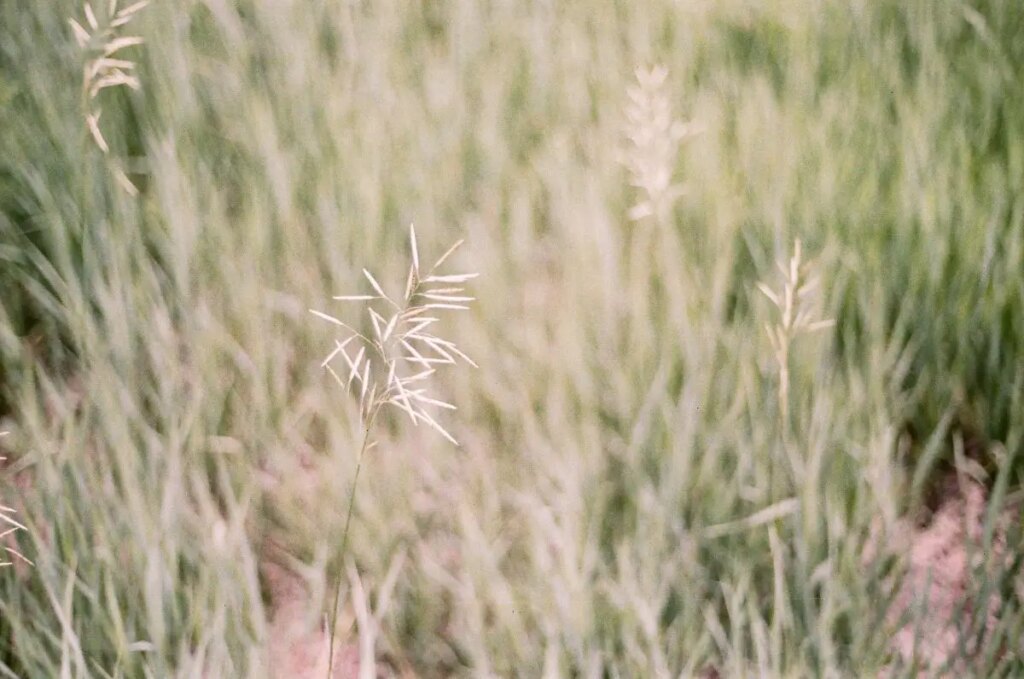
I shot different lenses at different points of the trek. The image of the elevator was captured with the 75 to 150, the water tower, likely with the 28, the bridge with a 50 and then everything in the Prairie Preserve with the 75 to 150. Metropolis is a very different film depending on how you use it. It has an ISO range of 100 to 400. I used it at 100. It washes out in bright sun, which describes the majority of the day. Has a large grain pattern, probably exacerbated with the heat of the day when the exposures were made. You can read more technical evaluations here. Processing was done with MPIX (Miller’s) located in Topeka.
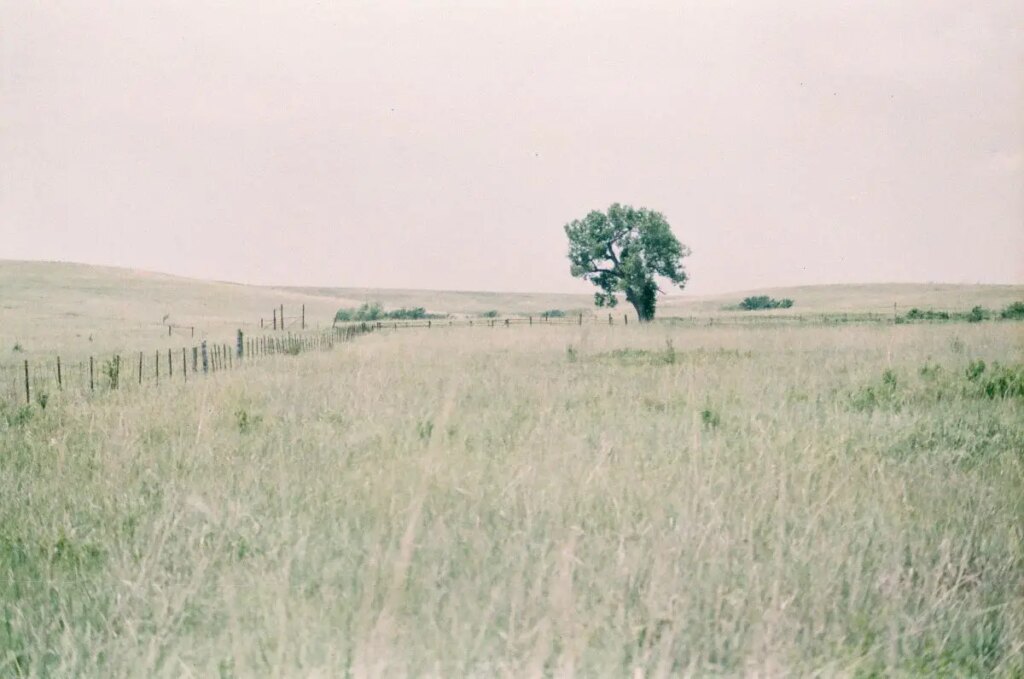
Overall, I was pleased with the results. The images feel like a HOT humid day on the central plains. A day like so many in Ruralopolis. If you stare at the images long enough, you might feel the black flies starting to bite.
***
You can find me, my personal work on my Site.
I am also a contributing writer at the Live View publication on Medium.
I also am the founder of F2.8Press, Publishers of Undiscovered Photography. We have an open call for submissions for our Zine: “Archive”. Check us out on Twitter!
When I am not wandering aimlessly with a camera, I am a Lecturer of Economics and Statistics at Butler University.
Share this post:
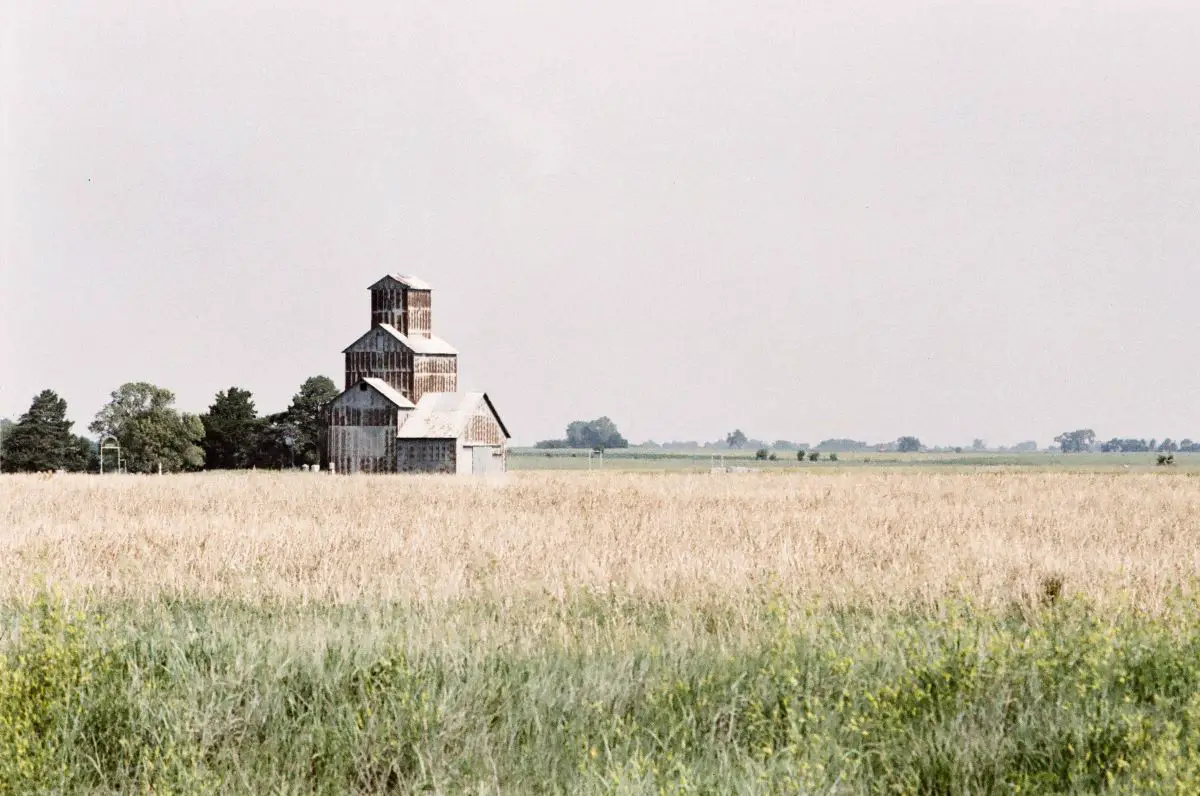








Comments
Eric Norris on 5 Frames with Lomography Metropolis, an OM-2n on the central plains of Kansas – Ruralopolis
Comment posted: 30/08/2023
Comment posted: 30/08/2023
Eric Charles Jones on 5 Frames with Lomography Metropolis, an OM-2n on the central plains of Kansas – Ruralopolis
Comment posted: 31/08/2023
Nice pictures!
Comment posted: 31/08/2023
Theron on 5 Frames with Lomography Metropolis, an OM-2n on the central plains of Kansas – Ruralopolis
Comment posted: 01/09/2023
Comment posted: 01/09/2023
Gunnar Williams on 5 Frames with Lomography Metropolis, an OM-2n on the central plains of Kansas – Ruralopolis
Comment posted: 17/09/2023
I live in Lawrence, KS. Tons of wooded areas on the East side of KS.